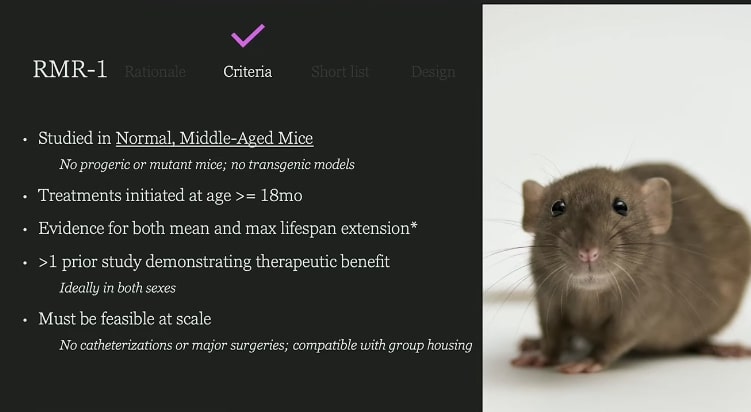Explore the World of Rodent Aging Interventions
Understanding the RAID: A Gateway to Longevity Research
The Rodent Aging Interventions Database (RAID) offers a unique perspective by graphically representing data from numerous studies focused on lifespan extension in rodents. This database is a celebrated asset among gerontologists and researchers concentrated on understanding the mechanisms of aging and testing interventions that may slow the aging process.

Why Rodents?
Rodents, specifically mice and rats, are the species of choice in aging research due to their short lifespans and biological similarity to humans. Insights garnered from these creatures can be pivotal in designing interventions that might someday apply to human aging.
"Research in aging provides insights that are not merely academic; they potentially lay down pathways for improved human health and longevity." - Aubrey de Grey, Biomedical Gerontologist.
Key Findings and Observations
- Caloric restriction has shown significant lifespan extension in rodents, suggesting its potential in prolonging life.
- Genetic modification studies have highlighted the role of specific genes associated with aging.
- An array of pharmaceutical interventions is under exploration for their anti-aging properties.
Each intervention offers a glimpse into the complex biology of aging, often mirroring pathways that might be modifiable in humans.
Resources and Further Reading
For those eager to delve deeper, the RAID database is accessible online, providing researchers and enthusiasts a treasure trove of data. You can explore The Longevity Diet by Valter Longo for more on diet and aging, or access insightful papers through PubMed. Follow thought leaders like Aubrey de Grey on Twitter for groundbreaking insights.
Additional Information: How to Use RAID
Navigating the RAID database is straightforward. Users can sort and filter studies based on various parameters such as study type, intervention methods, and species. This accessibility ensures that gerontologists and citizen scientists alike can tailor their research according to specific needs.
Community Engagement and Contribution
RAID encourages community-driven updates where researchers can contribute new findings, making it a living document. This engagement ensures the database remains up-to-date with the latest research and findings. As more interventions are tested, the possibilities for uncovering novel longevity strategies increase.

In-Depth Studies and Future Directions
The RAID database not only chronicles past research but also inspires future studies. With advancements in biotechnology and genetics, the horizon looks promising for uncovering new targets for intervention. Researchers are optimistic that the threads linking rodent and human aging will continue to unravel, offering hope for new therapy developments.
Explore resources like the Aging Research Reviews for peer-reviewed articles on cutting-edge aging research.
